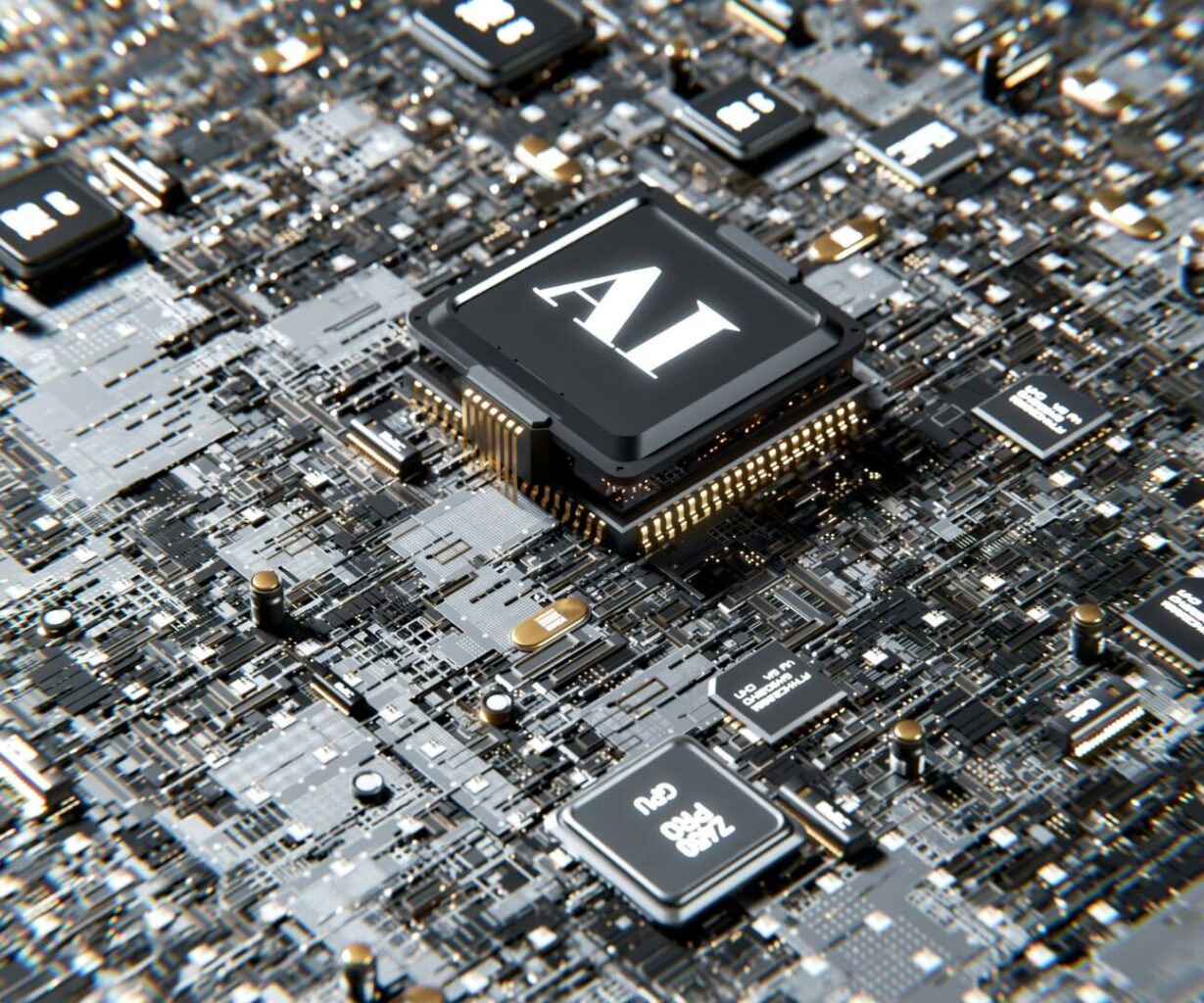How AI Is Predicting Costly Slip Ups in Transportation & Shipping

In today’s day and age of shipping and transportation, poor maintenance on equipment could just be the thing that inflates your cost, loses revenue, and ruins customer faith in your once proud brand. Imagine a world where upon your mode of transportation, you are always ahead of potential equipment breakdowns, being able to assess issues in real time and in turn bringing on more happy customers, as well as savings in cost No longer is reactive maintenance good enough waiting for something to break and then fixing it is time-consuming and costly. In addition, a costly fix to a bad repair is often not budget line-itemed in the operational budget—and many repairs are ignored until the wheels fall off—literally. Therefore, many companies utilize predictive maintenance—which relies upon artificial intelligence technology and machinery to assess in real-time whether repairs can be avoided long before they do.
What is Predictive Maintenance?

Predictive Maintenance is the ability for Artificial Intelligence, Machine Learning, and Internet of Things sensors to evaluate the workings of equipment continually. When equipment functions consistently within a defined threshold/pattern, the AI model can predict a malfunction and notify the operator to adjust or fix a machine component to prevent failure, which works to a fleet’s operational longevity and reduces costs and downtime as operators can fix things at the proper time instead of when breakdown occurs.
Here are some AI uses across different modes of transportation.
Freight Transportation (Trucks and Commercial Fleets)
When your business helps keep cars on the road, avoiding the need for auto body shops with repairs or keeping cars on the road with necessary deliveries as efficiently as possible, you need real-time predictive analytics to avoid breakdowns. AI is a useful tool for predictive maintenance.
- Tire and Brake Wear Detection: AI can detect unexpected wear patterns to change a tire or brake pad before it gets too damaged.
- Engine and Transmission Alerts: Using vehicle telematics, AI can assess what engine malfunctions could happen before they occur.
- Fleet-Wide Awareness: Whether one vehicle or many need maintenance, AI aggregates all the needed maintenance throughout the fleet so it can be accomplished in bulk opportunities at a reduced cost. For Example: Geotab is a fleet management organization that applies AI-driven predictive maintenance solutions to assess vehicle diagnostics and reduce downtime (Geotab, 2023).
Nothing moves without a track—and all rail systems need tracks to be fully operational to be safe and efficient. AI-based predictive maintenance systems require a vast array of data received from sensors placed on wheels, tracks, and engines.
AI for Rail Predictive Maintenance
- Rail Condition Assessment: AI monitors vibrations on the rail and can predict failures before derailments happen.
- Rolling Stock Assessments: Sensors monitor wheel wear and tear, engine operations, and brake usage to ensure action can be taken immediately.
- Energy Consumption Efficiency: AI minimizes energy consumption by predicting how much energy needs to be used based on the present load of passengers and upcoming stops.
Shipping (Vessels and Ships): Shipping takes place in some of the harshest environments known to man, which means more frequent breakdowns naturally occur. To prevent complicated breakdowns, delays, and safety issues, an AI-enabled predictive maintenance solution cross-compares sensor data and assesses engine operation, fuel consumption, and hull wear and tear in real-time with information from all regions of the vessel.
- Engine Assessment: AI can assess vibrations, temperature, and pressure fluctuations to evaluate stress on train engines.
- Structural Assessment: AI can correlate with corrosion detection systems to identify whether there are any structural issues before they become exacerbated and deadly.
- Fuel Usage: AI can assess how much fuel was burned on previous journeys and recommend better efficiencies to save money. For example, AI-powered condition monitoring allows for predictive failures and improved fleet efficiencies from companies such as Rolls-Royce Marine (Rolls-Royce, 2023).
Benefits of AI Predictive Maintenance

- Reduced Downtime: Surprise malfunctions are avoided, which keeps the supply chain moving without delay.
- Reduced Maintenance Costs: Catching small problems sooner rather than later avoids paying for costly emergency fixes.
- Increased Safety: Lessening the possibility of mechanical failures decreases accidents.
- More Time with Assets: The longer vehicles, crafts, and trains can be in operation.
- Greater sustainability: Lowered energy consumption and emissions due to optimized machine performance.
Within a few years, with AI and Internet of Things devices continuing to elevate their levels of sophistication, predictive maintenance will be even more accurate and less costly. The ability to connect to digital twins will create opportunities for even better maintenance. Companies that adopt these AI technologies for predictive maintenance will maintain a competitive advantage through better reliability, efficiency, and safety.
For those who belong to the Transload Distribution Association North America, Installing AI predictive maintenance for operations, and the use of AI predictive maintenance for vessels, freight cars, and trucking fleets will reduce costs and increase efficiencies and safety within a more automated transport industry. Key to the future and expansion of the transportation industry will be benefits gained from partnership with AI software companies and a commitment to digital transformation.
Up Next: Blog #2 Where to start with predictive maintenance and AI resources.
Back To Blog